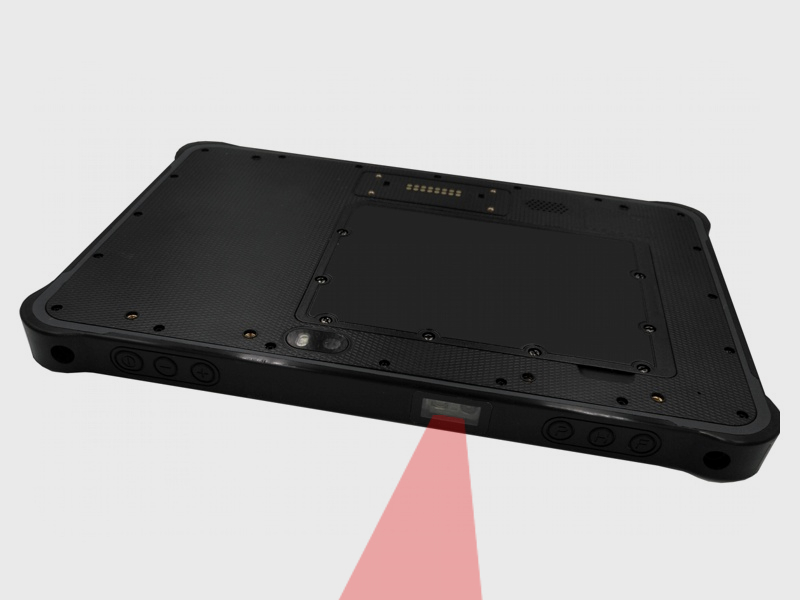
INTRODUCTION:
The true wealth of the century? Data! They are at the heart of industrial operations, point-of-sale and analytics in the digital world, among others. In industry and commerce, the technologies behind data acquisition are crucial to ensure the operational efficiency of many divisions.
The acquisition of data o data capture consists of extracting information from paper sources, images and electronic documents. For example, the scanning of barcodes is a traditional operation in the context of warehouse logistics flows, but the stock management and processes of any retail outlet also depend on data capture.
With the spread of automation in these areas, data capture is now an indispensable task repeated by employees even hundreds of times in a day and, for this reason, to be made simple and immediate. This is where rugged devices come into play as industrial smartphones and tablets that can become barcode readers easy to handle that help speed up workflow.
In addition to working better and faster, the use of mobile phones as barcode readers gives the company the possibility to use COPE (Corporate Owned, Personally Enable) devices, which are administered and managed by the company and employees have limited access to install or use unauthorised apps.
Camera or barcode scanner? Ruggtek allied devices at your fingertips

There are thousands of different families of codes, but they all fall into two categories: linear or 1D barcodes and two-dimensional or 2D codes.
I linear or 1D barcodes represent data through a sequence of lines and white spaces, they can encode numeric, alphanumeric strings and symbols with a limited number of characters. The more characters you add to encode, the longer the code is. These are the same ones you catch at the supermarket with your PDA for quick shopping.
The most commonly used 1D barcodes are: Code 128, Code 39, EAN 13, EAN 8, Ean 128, Interleaved 2 of 5, GS1, Pharmaceutical Code, UPC; Code 32.
I two-dimensional or 2D barcodes are realised in a pattern formed by squares, dots, hexagons and other geometric patterns. While maintaining a small size, 2D codes can encode much more data than 1D codes, up to thousands of characters. Two-dimensional codes present numbers, character strings, web addresses, images, text. When you go to a restaurant, you are very often offered a menu by reading a QR code.
The most widely used 2D codes are the QR code and the Data Matrix, used to identify very small items such as electronic components or drugs.
All Ruggtek devices can scan 1D and 2D barcodes via hardware or software.
Code scanning via camera and app

It's the easiest way to read barcodes on Android or Windows 10 from Ruggtek devices. Simply press the scan button and the device's camera will capture an image of the barcode, read it and send the text to the app.
Code scanning via integrated barcode

On Ruggtek devices it is possible to integrate the Barcode Scan Module i.e. the function for scanning barcodes. This is a hardware module that supports the reading of commonly used 1D and 2D codes.
The scanner module, which must be requested when ordering, is installed on the Ruggtek device and a dedicated button is used to start scanning and capture the barcode. Ruggtek can provide user guidance and instructions on how to configure the barcode.
Conclusions
Which is the best?
It depends on the type of use. With the Barcode Scan Module, barcode acquisition is usually faster than the camera's reading capability, but it needs to be implemented during assembly, not later or in the field. On the other hand, the camera does not require hardware installation so it is possible to have many different Ruggtek devices and still have the same software.
Talk to us about your operational needs and we will find a tailor-made solution for you.